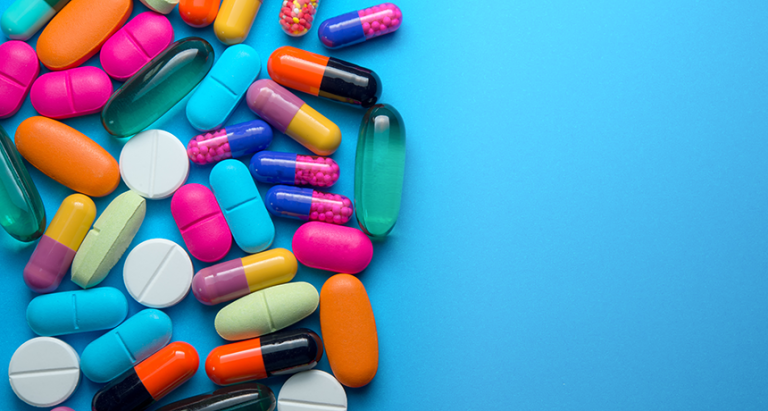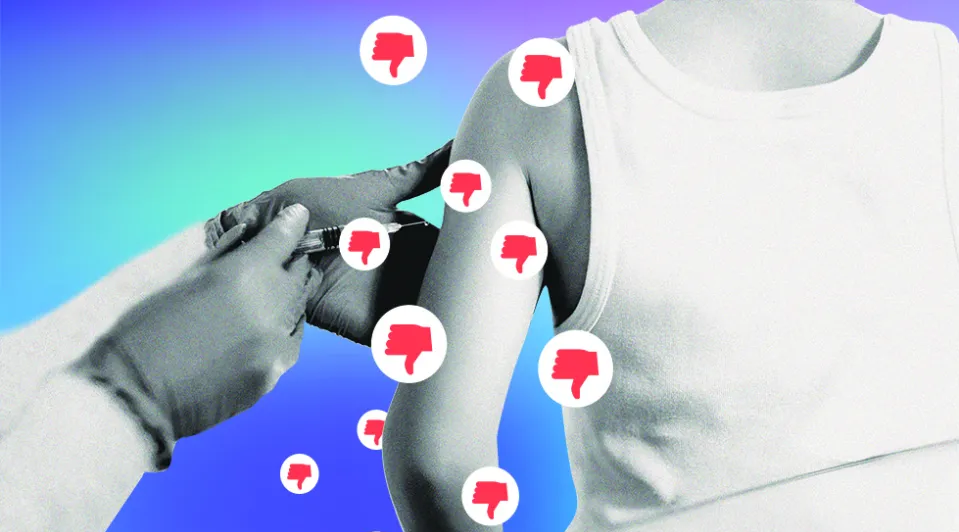Prescription drugs help many people and even save lives. But use of prescription drugs as prescribed is also a leading cause of death in the U.S.
Are some pharmaceutical companies skirting TV ad rules so that they don’t have to disclose side effects of some vaccines and other prescription medicine?
Some critics say “yes.” And when I asked the FDA about the allegations, the agency told me it’s planning a new study into the issue.
Below are excerpts from my Full Measure investigation with a link to the full story at the bottom.
Full Measure has learned the FDA is planning a new study on TV advertising of prescription drugs. It’s a multi-billion dollar industry benefiting both pharmaceutical companies and the television networks paid to run the ads. Supporters say patients benefit too. But almost nowhere in the world is it allowed except here. And with prescription drugs a leading cause of death and injury, we investigate the Pill Pitch.
Dr. Michael Carome leads the Health Research Group at the watchdog Public Citizen.
He’s against prescription drug advertising on TV. It was forbidden until a fierce lobbying campaign by the pharmaceutical industry in the 1990s.
Dr. Michael Carome: In 1997, the FDA opened the floodgates to broadcast media: television, and radio ads, for prescription drugs, and we now have companies spending billions of dollars every year on this advertising.
Dr. Michael Carome: The average person in the U.S. sees nine drug ads a day, or 30 hours of drug ads per year. It’s just an extraordinary amount of exposure to prescription drug advertising.
The average person in the U.S. sees 9 drugs ads a day or 30 hours of drug ads per year.
—Dr. Michael Carome, Public Citizen health group
The ads upset the longstanding rule that doctors alone should decide the best pills for patients.
To get an idea of how much the ads boost profits, you need only look at how much is spent on them. In 2018, the pharmaceutical industry shelled out $6.4 billion on so-called “direct-to-consumer ads.” No-one from the drug industry would agree to an interview. Representatives have said in the past that advertising saves lives and improves public health.
- In 2018, the pharmaceutical industry funded $6.4 billion on “direct-to-consumer ads.”
Dr. Carome say there are serious downsides.
Dr. Michael Carome: they’re newest drugs, so we often know the least about their safety because they haven’t been on the market for a while. And often there are older alternatives that may be equally effective, and safer, and because those drugs aren’t advertised, because the generic drug industry doesn’t do this type of advertising, it can worsen the public health overall.
Experts say taking prescription drugs as prescribed is a leading cause of death in the U.S.—a factor in as many as 200,000 deaths a year.
Safety is a big reason why the FDA requires the ads to clearly disclose risks.
Dr. Michael Carome: they’re going to make sure that the viewers leave the commercial with an understanding of the benefits of perhaps some miracle cure, and not hopefully remember too much about the potential harms and risks.
This article was reprinted with the author’s permission. It was originally published at SharylAttkisson.com.














4 Responses
Pharmageddon: Proper noun. A dystopian scenario wherein medicine and the pharmaceuticals industry have a net detrimental effect on human health, and medical progress does more harm than good.
The worst thing about all the drug advertising is that it’s a gold mine for media companies and networks. If Pharma is dumping all this money into these TV stations and newspapers and magazines, is it any surprise they all toe the Pharma line about vaccines being ‘safe and effective’ and everyone needs to be forced to be poisoned with them? Pharma is their main source of income, and they are not going to bite the hand that feeds them very often.
The only good thing about the horrible Pharma advertising is that they are still (amazingly) required to list side effects, and I swear to God I don’t know why anyone would ever take one of those toxic poisons when every commercial spends 30 seconds listing horrible side-effect after horrible side-effect. When Pharma gets to stop listing side effects, then things might get worse.
Good point Tom. The act of allowing advertising created a bigger risk scenario than consumer use of drugs – they still have to see their doctor, get a prescription, and possibly get counseled otherwise.
But once the drug companies got into a multi-billion dollar relationship with the media, they also gained leverage and they definitely use it. It is potentially the biggest “hit” a media outlet could take if they run afoul of the pharma client.
Taking advertising away might marginally protect the consumer but even more important would allow the media that left after the shakeout to return to independent journalism provided they still know how.
In my humble opinion, anyone who watches enough television to even see prescription drug ads is watching way too much. I have not watched TV on a regular basis since 1978 and I do not feel as if I have missed out on anything of importance. The ads are ALL b— c—, the products promoted are ALL designed to cause those who watch them to feel they are missing out of they do not have whatever it being advertised, it is all pretty much designed to enhance feelings of greed–one of the seven deadly sins—to bring on feelings of lust—another deadly sin—to create envy—another deadly sin, so, what is the benefit of watching tv and all of the stupid ads on tv? I do not know, to me it is all about getting people to sin more and more.